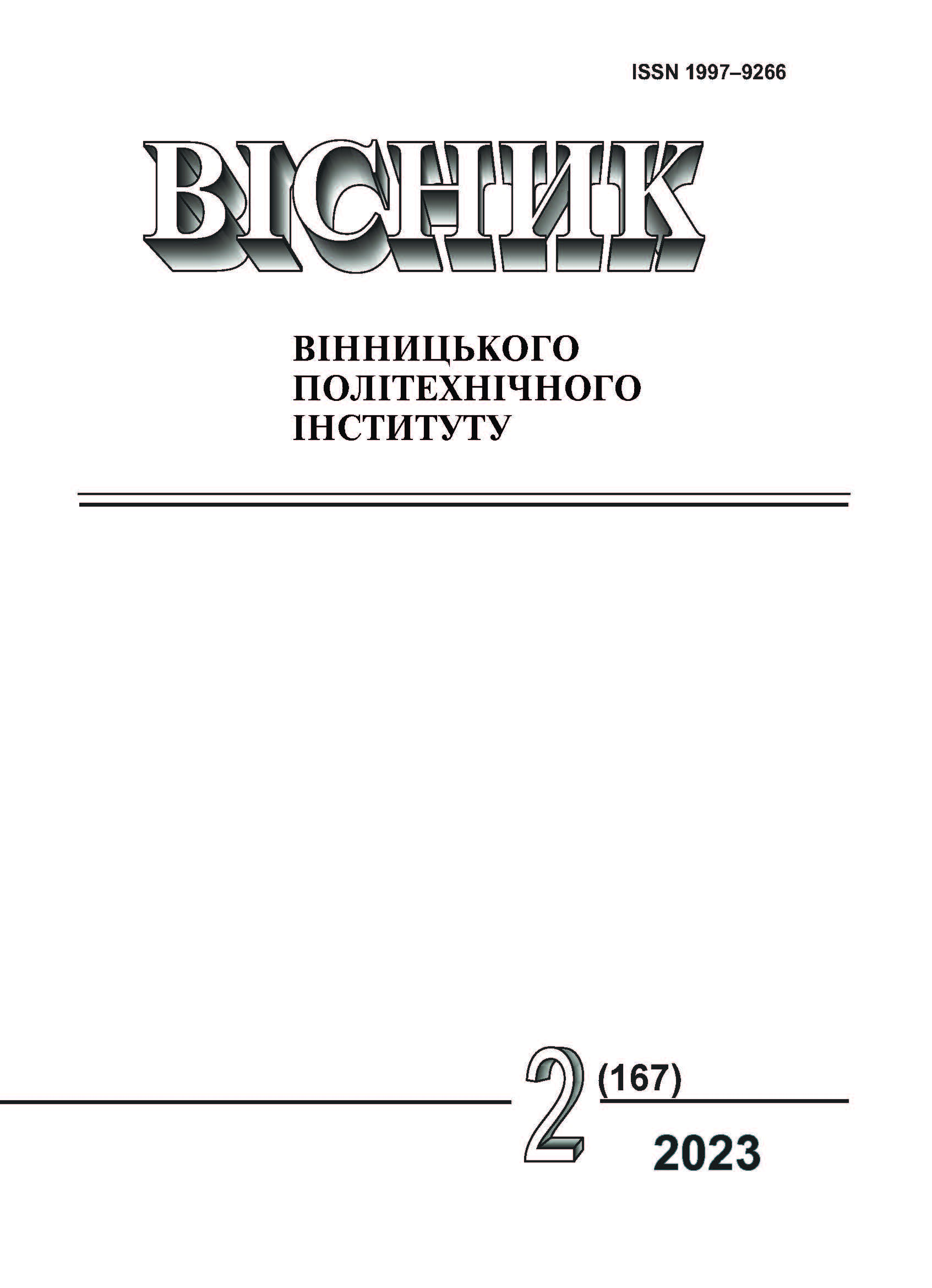Analysis of Methods and Means for Measuring the Humidity of Bulk Products
DOI:
https://doi.org/10.31649/1997-9266-2023-167-2-125-134Keywords:
grain, measurement, humidity, humidity control, measurement methodsAbstract
Various methods of grain moisture measurement are considered in the article. The authors conducted the analysis of the conventional and modern methods of grain moisture measurement used in agriculture and the food industry. The principles of operation and the advantages and disadvantages of each method are described. The article examines in detail the methods used in international standards, and also analyzes the latest methods of grain moisture measurement, such as methods using infrared and microwave technology. The paper proposes a classification of methods for measuring the moisture content of bulk products and identifies the most relevant options for further research. Methods and means of grain moisture control are studied. The work established that the choice of grain moisture measurement method should depend on various factors, such as grain type, measurement accuracy, speed and cost of equipment. The authors analyzed each method in detail and made recommendations for choosing the optimal method of grain moisture measurement for specific conditions. The analysis was carried out and significant parameters affecting grain moisture measurements were selected. A comparison of the characteristics of hygrometers implemented by well-known ultra-high-frequency methods was carried out. The accuracy and errors of moisture measurement of significantly depends on the density of materials and indicators of the measurement medium. The considered hygrometers have high measurement error that does not meet the requirements of certain productions. The comparison of these parameters enabled to determine the optimal method for accurate moisture measurement.
References
М. А Берлинер, Приборы и системы управления. Влагомеры СВЧ. Москва: Энергия, 1973, 400 c.
Є. Т. Володарський, В. В. Кухарчук, В. О. Поджаренко, Г. Б. Сердюк, Метрологічне забезпечення вимірювань і контролю, навч. посіб., Вінниця : Велес, 2001, 219 с.
Е. П. Вишневський, Г. В. Чепурин, «Вплив вологості на властивості матеріалів», Журнал С.О.К., № 3-4, 2010.
ДСТУ ГОСТ 10840:2019 Зерно. Метод визначення натури (ГОСТ 10840-2017, IDT).
Л. Ф. Скалецька, Технологія зберігання і переробки продукції рослинництва, Київ: Вища школа, 1994, 25 с.
ЗАО «Зернотехника», Оборудование для определения влагосодержания зерна и продуктов его переработки. Москва. http://www.zernotechnika.ru/equip/lab/vl_zerno.htm .
Влагомеры, плотномеры, вискозиметры, прочие приборы. Laborant.ru. http://www.measurement.ru/gk/sostav/06/044.htm .
ООО АкваСенсор, Влагомеры. Украина. г. Харьков. http://aquasensor.com.ua/vlagomer/v_grainmaster.php .
ООО «Агрола», Влагомер зерна, семян трав и муки. Новинка 2005 г. Москва (Институт Зерна). http://agrola.narod.ru/superpoint.htm .
Жито. Технічні умови, ДСТУ-4522:2006. Чинний від 2006-02-28. Київ : Держспоживстандарт України 2009, 18 с.
P. Sharma, and R. R. Khanna, “A literature survey and classification framework of TRIZ methodology ,” Proceedings of 2nd International Conference on Computational Intelligence and Communication Technology, CICT (Ghaziabad, U.P, India, February, 12-13, 2016) , IEEE – Institute of Electrical and Electronics Engineers, Ghaziabad (India), 2016, pp. 516-522.
Y. Chen, M. Zhao, Y. Liu, and Y. Xie, “A formal functional representation methodology for conceptual design of material-flow processing devices,” AI EDAM, 2016, issue 4, pp. 353-366.
R. S. Jachowicz, “Moisture Content Measurements in Solids-Limitations and Improvements with Modern Technology,” on Elektromagnetic Wave Interaction with Water and Moist Substances, Third workshop Athens, USA, 1999, pp. 32-41.
P. G. Bartly, S. O. Nelson, and R. W. McClendon, “Determination of Moisture Content in Wheat Using an Articial Neural Network Third workshop,” on Elektromagnetic Wave Interaction with Water and Moist Substances, Athens, USA, 1999, рр. 74-78.
С. Alippi, and А. Ferrero, “Articial Intelligence for Instruments and Measurement Applications,” IEEE Instr.& Meas. Magazine, 1998, р. 47.
В. К. Бензарь, Техника СВЧ-влагометрии. Минск, 1974.
В. В. Лисовский, Теория и практика сверхвысокочастотного контроля влажности сельскохозяйственных материалов, Минск, 2005.
Л. Н. Губкин, Физика диэлектриков. Теория электрической поляризации в постоянном и переменном электрическом поле, Москва, 1971.
I. Renhart, “The Control of Moisture of Rocks by Methods of Microwave Aquametry,” in Elektromagnetic Wave Interaction with Water and Moist Substances, 4th International Conference, Weimar, 2001, pр. 372-379.
Downloads
-
PDF (Українська)
Downloads: 411
Published
How to Cite
Issue
Section
License

This work is licensed under a Creative Commons Attribution 4.0 International License.
Authors who publish with this journal agree to the following terms:
- Authors retain copyright and grant the journal right of first publication.
- Authors are able to enter into separate, additional contractual arrangements for the non-exclusive distribution of the journal's published version of the work (e.g., post it to an institutional repository or publish it in a book), with an acknowledgment of its initial publication in this journal.
- Authors are permitted and encouraged to post their work online (e.g., in institutional repositories or on their website) prior to and during the submission process, as it can lead to productive exchanges, as well as earlier and greater citation of published work (See The Effect of Open Access).





